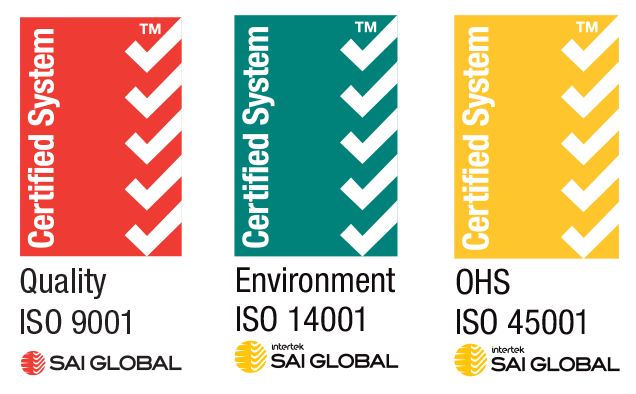Valuable Screening Solutions for the Macquarie
The Macquarie Fish Screen Program is a government initiative supporting sustainable water extraction while enhancing protection for native fish populations in the Macquarie Valley region of New South Wales.
The program involves the installation of 14 modern Fish Protection Screen Solutions across seven key pump station sites on the Macquarie River.
These Self-cleaning Debris Screens exclude fish and debris from intake systems, eliminating damage to pump stations and irrigation infrastructure.
Among the sites, the Tenandra Top pump station upgrade features a 1.35m diameter x 2.03m wide T-Screen mounted on a single manifold, servicing a dual-pump system, each pump capable of delivering 120ML/day.
The AWMA Screen Team collaborate with project partners to ensure the solution developed not only supports aquatic biodiversity but also improves the performance, reliability and longevity of the site's water delivery infrastructure, critical to the area’s irrigation schemes.
The AWMA intake screens are engineered to reduce manual cleaning and maintenance, significantly improving operational efficiency. Previously, backflushing was required every six hours, which is particularly challenging during high-demand overnight periods. With the new automated self-cleaning technology in place, pumps remain clear, clean and reliable. Eliminating backflushing also results in a significant reduction in power consumption and water wastage.
In addition to enhanced environmental outcomes and reliable water delivery to irrigators, the screens offer the benefit of remote monitoring. This feature improves occupational health and safety, while also reducing labour and time on site, an important consideration for operators managing multiple, 24hr pumping assets across the region.
By combining innovation with environmental responsibility, the Macquarie Fish Screen Program demonstrates how collaborative efforts and smart infrastructure can deliver long-term benefits for both the environment and agricultural productivity.








